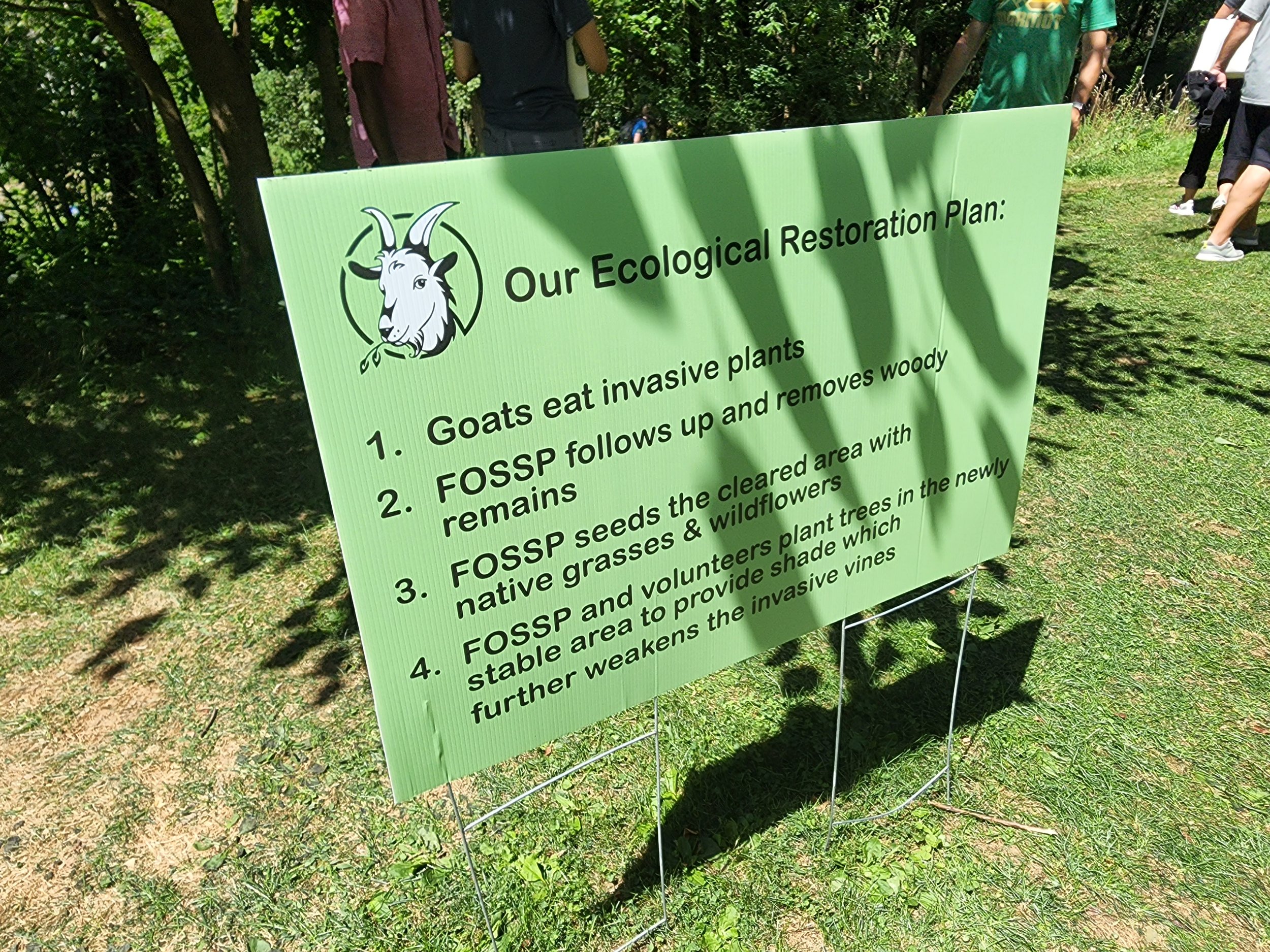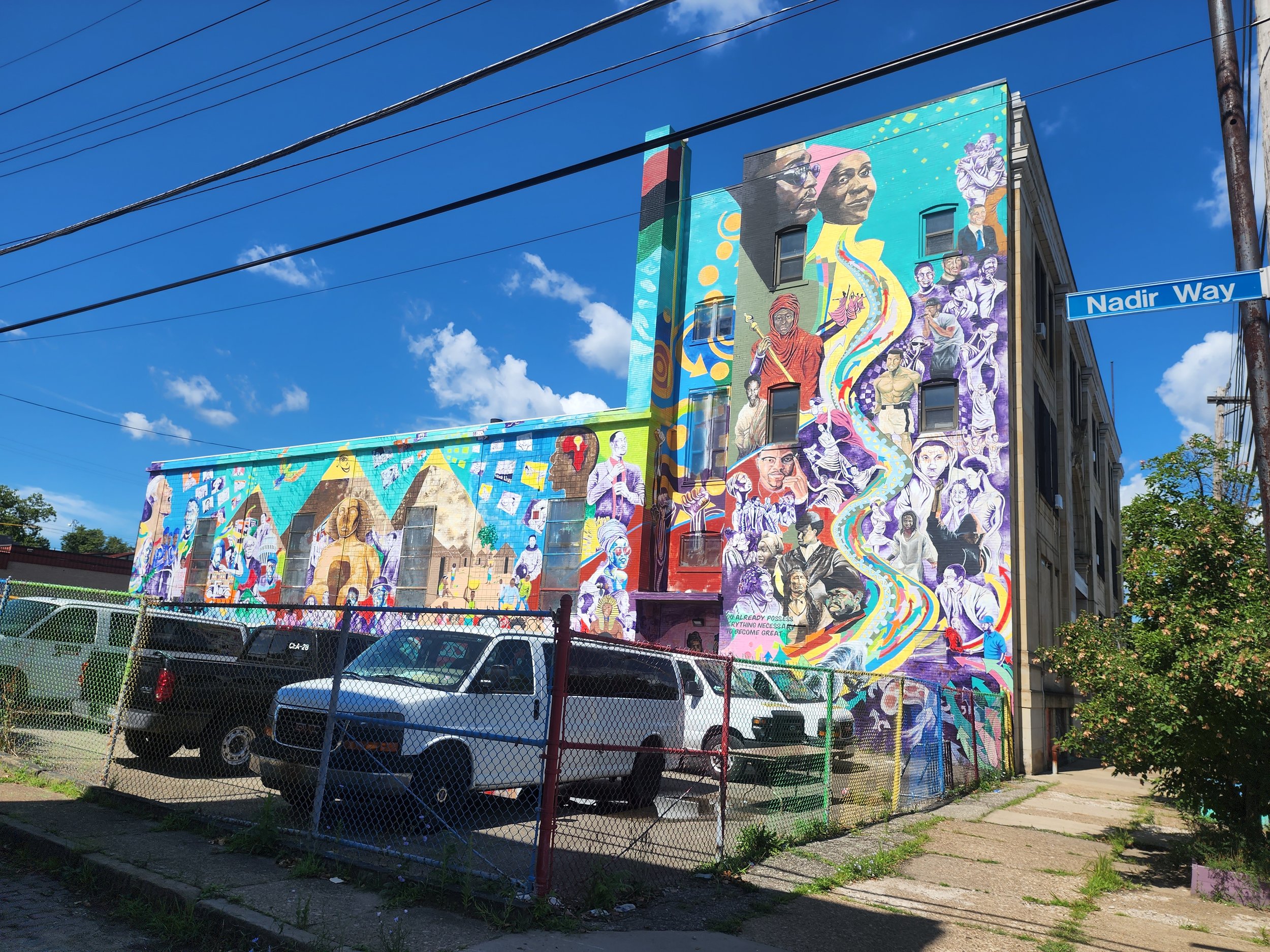The following explores how notions of urban aesthetics and urban justice are implicated in contemporary concerns with gentrification and “equitable development.” The term “gentrification” was introduced by sociologist Ruth Glass in her 1964 book London: Aspects of Change. Glass coined the term from the English title “landed gentry,” denoting the land owning social class, to refer to the displacement of working class residents by the influx of middle class residents into London neighborhoods. Since the original publication of Glass’ book, the term “gentrification” has been used extensively to refer to patterns of urbanization typically characterized by neighborhood reinvestment and demographic change. Despite these common elements in application, gentrification has persisted as a hazily defined and often contested term. Lance Freeman, for instance, defines gentrification as “the process by which decline and disinvestments in inner-city neighborhoods are reversed.” Eric Clark advocates a broader definition that understands the root causes of gentrification as the commodification of space, polarized power relations, and “a dominance of vision over sight.” Wyly and Hammel have considered the legacy of Glass’ linguistic invention, wondering how discourses of urban development over the last four decades would’ve proceeded without “gentrification” as an operative term. They write:
Without the word gentrification, it is hard to imagine what other term could have served as such a powerful rallying-cry for the many thousands of meetings and marches, city council sessions and street-corner conversations, among millions of people over the past 45 years working to protect their communities and to maintain the use values of neighbourhood life against the polarisation and displacement involved in “the production of urban space for progressively more affluent users.”
Neighborhood gentrification is closely associated with the displacement of existing residents, and displacement has increasingly been used in definitions of gentrification. Freeman states “displacement has become synonymous with gentrification in the way that White flight has become synonymous with racial transition.” Increased awareness of and concern with rampant gentrification in U.S. cities have resulted in an abundance of public discourse on the subject. Municipalities and community organizations have tried to position themselves in response to these developments in a variety of ways. New York City mayor Bill de Blasio has made a concerted effort to include explicit discussion of gentrification in his public addresses. In contrast, Pittsburgh mayor Bill Peduto has made a concerted effort to avoid references to gentrification occurring in his city.
The city of Pittsburgh has reinvented itself following decades of deindustrialization, and the East Liberty neighborhood stands out as an exemplar of urban change and redevelopment. East Liberty has undergone a succession of urban redevelopment phases and population changes in the last half century. At different periods in the city’s history, the neighborhood has been used metonymically in official and popular discourses to signify starkly different conditions of urban development. Once the third busiest commercial district in Pennsylvania, post-war urban redevelopment schemes scattered residents and shuttered businesses, leaving East Liberty an icon of urban blight. Recent years have seen another reversal of the neighborhood’s fortunes, and today the district plays an integral role in the discourse of Pittsburgh’s post-industrial reinvention and revival. The narrative of East Liberty’s recovery, however, will vary greatly depending on who is telling the story. While being celebrated nationally as an example of successful and equitable neighborhood redevelopment, the recent changes are also accompanied by the displacement of longtime residents amid fears of rampant gentrification.
On October 14th 2015, mayor Peduto spoke at the ribbon-cutting ceremony for the East Liberty Transit Center. Development of the East Liberty Transit Center cost $150 million, and the project was funded through various agencies, including a $15 million grant from the U.S. Department of Transportation. The project represents a significant investment in the city’s transportation infrastructure, and part of an ongoing phase of reinvestment in the surrounding neighborhood. When the center was officially opened the local press referred to it as “the centerpiece of the neighborhood’s ongoing revitalization.” One headline matter-of-factly announced “East Liberty transit center opens, revitalizing area.”
Peduto does not use any of the familiar euphemisms for redevelopment in his remarks. He does not mention renewal, recovery, or revitalization during his address. The idea and ideals of renewal, however, are evident in his speech. Peduto says that current investment in the neighborhood is “doing it in a way that will build the future for everyone,” and cites the need for efforts to keep community members in the neighborhood, “so that those people that went through the hard times will be there to be a part of the good times, too.” Peduto has already cited elements of the neighborhood’s earlier “blighted” condition as evidence of the “hard times,” so clearly the transit center and other contemporary developments are evidence of the “good times”. The notion of revival is also evident near the close of Peduto’s address, when he declares: “We’re not even halfway there. We’re not even halfway of seeing this neighborhood come back to its full luster.” Peduto cites the importance of affordable housing for the continuing redevelopment, saying:
And fourteen years later, we stand here today, doing what this area has always been: a transit hub. And we’re doing it in a way that will build for the future for everyone. And that’s why it’s so important that we have an affordable housing investment fund. So that the wealth that’s going to be created, on both sides of the road, on both sides of the track, on Shadyside and East Liberty, will be invested so that those people that went through the hard times will be there to be a part of the good times, too.
Peduto’s mention of affordable housing received applause from the audience, a testament to the abiding anxieties concerning housing and displacement during the current redevelopment in East Liberty. Concerns about rapid gentrification in the neighborhood had grown steadily since the beginning of this most recent reinvestment period in the early 2000s. More than a decade later, the gentrification of East Liberty was complete in the eyes of many. In 2014, Ebony.com contributing editor Damon Young published an article reflecting on the changes in East Liberty titled, “Did gentrification make my neighborhood better?” Young cites the arrival of corporate retail tenants and younger, more affluent residents to the neighborhood, but also emphasizes the role of gentrification in displacing violent crime. The increased neighborhood safety, Young wrote, was clearly a beneficial outcome of the recent developments:
So even as I lament the injection of and appropriation by others - and even as terms such
as displacement and pricing out enter my consciousness - I value the neighborhood’s
current decrease of familiar and conspicuous danger more than I’m put off by the means
taken to get it there.
At the time of his speech at the transit center opening ceremony, Peduto was keenly aware of the threat of displacement facing residents of the neighborhood. Only two months earlier, he had personally responded to the most recent mass displacement crisis in East Liberty during an emergency meeting held with affected tenants. In the summer of 2015, the Federal Reserve Bank of Cleveland held a two-day policy summit in Pittsburgh to discuss “housing, human capital and inequality”. During the summit, participants toured East Liberty with the goal of observing examples of equitable neighborhood development. When their tour bus arrived in the neighborhood, it was met by a group of residents and activists holding signs displaying messages calling attention to the plight of residents facing displacement as a result of gentrification in the community. The following month, residents of the 300 unit Penn Plaza apartments in East Liberty received eviction notices, stating that they had 90 days to vacate the premises. An advocacy organization representative referred to the evictions as “a mass relocation of folks of color.” Days after the eviction notices went out Peduto convened an emergency meeting with affected residents, tenant advocates, and city officials. The city was able to quickly negotiate extensions for the relocations.
The Penn Plaza evictions and rising housing costs throughout East Liberty caused concern among residents about the availability of affordable housing in the neighborhood. In August 2015, mayor Peduto called for a “very proactive affordable housing program” and established a city taskforce to focus on affordable housing initiatives. By the end of the summer, Peduto and the Urban Redevelopment Authority announced a plan to delegate a portion of investment funds generated by the East Liberty Transit Revitalization Investment District for low-income housing.
As a salient term, “gentrification” may be more conspicuous in Peduto’s speech by virtue of its absence. Elvin Wyly and Daniel Hammel have suggested that decisions of whether to use the term “gentrification” are significant, “especially when asking questions of policy officials who have made the choice to avoid, redefine or suppress an uncomfortable word that so accurately describes the geographies being produced in so many cities.” They argue that “the most familiar and accurate term for a contested process is the one most carefully avoided by those institutions and individuals working to promote it.” In the context of concurrent developments in East Liberty, Peduto’s appeal to affordable housing and resident retention can be understood as acknowledging the occurrence of gentrification and displacement, without using those specific terms.
This avoidance of “gentrification” as a term was made even more explicit less than a month after Peduto’s address at the Transit Center opening. On November 5, 2015, the Twitter account associated with Peduto published the message: “So far Pittsburgh’s East Liberty neighborhood has avoided gentrification while reducing crime & improving investment.” This sentiment was derided by the local press and community members as being wildly out of touch with the actual effects of the neighborhood’s development.
What are we to make of Peduto’s determination to avoid “gentrification”? Pittsburgh is growing, and its recent economic Peduto understandably wants to celebrate these successes and highlight the positive developments in the city. Peduto seems to want “gentrification without gentrification;” he wants the “orderly” reinvestment and development, without the associated “disorderly” effects of displacement that these developments often incur. Perhaps there is another lesson to be learned here regarding the connection between the aesthetics of urban order and the ideal of justice. The concluding section of this essay considers the unique function of urban space in cultivating a concern for aesthetic beauty and social justice.
References
City Channel Pittsburgh. “East Liberty Transit Center Ribbon Cutting – 10/14/15.” Filmed [Oct. 2015]. YouTube video, 42:55. Posted [Oct. 2015]. https://www.youtube.com/watch?v=ovDqFVlYOXc
Clark, Eric. “The order and simplicity of gentrification--a political challenge,” in Gentrification in a Global Context: The New Urban Colonialism, Atkinson, R. & Bridge, G., Eds. (2005). London & New York: Routledge: 261-269.
Glass, Ruth. London: Aspects of Change. (London: MacGibbon & Kee, 1964).
Lyons, Kim. “$150M East Liberty transit center opens, revitalizing area,” NEXTPittsburgh, Oct. 26, 2015, retrieved from: http://www.nextpittbsurgh.com/neighborhoods/east-liberty/ribbon-cutting-marks-official-opening-east-liberty-transit-center/
Wyly, Elvin & Daniel Hammel, “Commentary: Urban Policy Frontiers,” Urban Studies 45, no. 12 (2008): 2643.
Young, Damon. “Did gentrification make my neighborhood better?” Ebony.com, April 4, 2014, retrieved from: http://www.ebony.com/news-views/did-gentrification-make-my-neighborhood-better-506#axzz3Y3lwUoAT







































